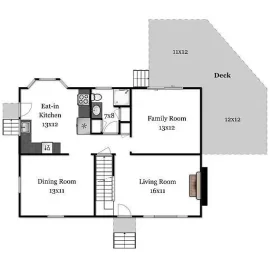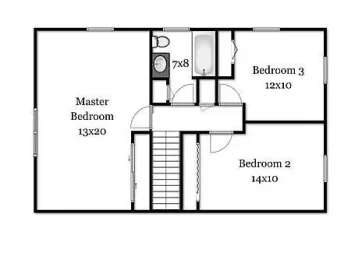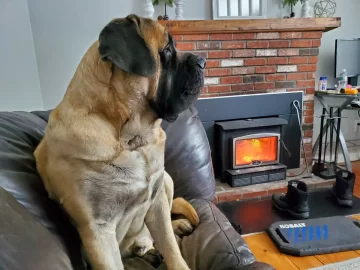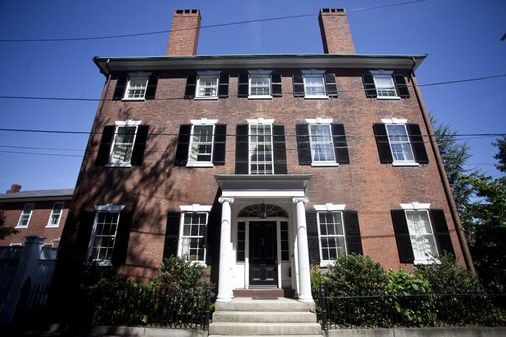Hi! We are wanting to use wood as our primary heat this winter (keep oil as back up) and so we need to find a more efficient stove. We currently have a Franklin that couldn't heat the house properly when the furnace had problems last winter.
I am overwhelmed already with all the options. A bit about our house: 1090 Sq ft Cape Cod with the bedroooms upstairs. Not the best airflow or insulation, just new insulation in the roof. So tips on creating airflow?
I think the firewood available is mostly hardwood.
I want efficiency, not having to feed it every 2 hrs like the Franklin but I'm also on a budget. Need to keep it under $3k. Also want a glass door.
Also, I have the opportunity to get a good deal on a Hearthstone Green Mountain 80, but it's rated for up to 2,500 SQ ft, is that too much stove?
Any tips welcome 🙂
I am overwhelmed already with all the options. A bit about our house: 1090 Sq ft Cape Cod with the bedroooms upstairs. Not the best airflow or insulation, just new insulation in the roof. So tips on creating airflow?
I think the firewood available is mostly hardwood.
I want efficiency, not having to feed it every 2 hrs like the Franklin but I'm also on a budget. Need to keep it under $3k. Also want a glass door.
Also, I have the opportunity to get a good deal on a Hearthstone Green Mountain 80, but it's rated for up to 2,500 SQ ft, is that too much stove?
Any tips welcome 🙂







